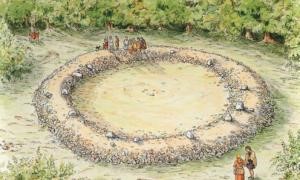The Claddagh ring, originating from a humble Galway fishing village in Ireland, is one of the world’s most recognisable items of jewellery. Popular with men and women around the globe, the historic Claddagh ring is unique in its symbolism representing love, loyalty and friendship.

A significant design
The well-known design of the Claddagh ring, featuring two hands, a heart and a
crown carries much significance. The two hands, clasped around a heart, signify
friendship. The heart signifies love and the crown is a representation of
loyalty and fidelity.
Ways of wearing a Claddagh ring
A traditional wedding ring in Irish culture, the way in which it is worn can
depict different relationship statuses:
Single – The ring is worn on the right hand with the heart facing outwards
Relationship – The ring is worn on the right hand with the heart facing inwards
Engaged – The ring is worn on the left hand with the heart facing outwards
Married – The ring is worn on the left hand with the heart facing inwards
A piece of Irish heritage
Ireland is a beautiful country steeped in history and tradition and with a burgeoning tourism industry.
With Irish holidays now being celebrated globally, St Patricks Day gifts such
as those seen here https://www.shamrockgift.com/st-patricks-day are now
exchanged across the globe.
A brief history of the ring
It is perhaps unsurprising that a ring associated with love, fidelity and
romance takes its origins from a classic love story. There are several legends
attributed to this ring. One of the main ones relates to a sailor called
Richard Joyce who set sail from the Galway fishing village of Claddagh for the
plantations of the West Indies in the 17th Century. Legend has it that the crew
were kidnapped and sold into slavery, where Richard was trained as a goldsmith.

In 1689, William II, then King of England, demanded the release of all slaves
and Richard was able to return to Galway to be with his true love. Unbeknown to
the goldsmith who had bought Richard as a slave, Richard had been stealing
specks of gold which he turned into the ring he gave to his beloved whom he
married.
Later, Richard is believed to have set up his own goldsmith shop where he
created more Claddagh rings.